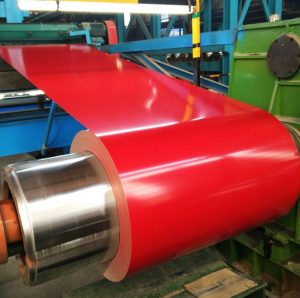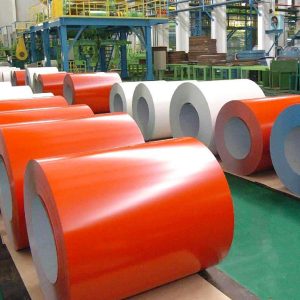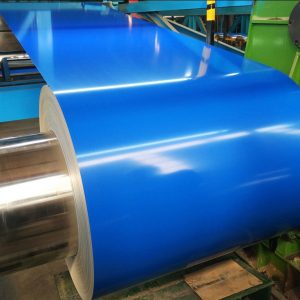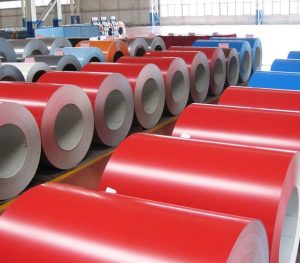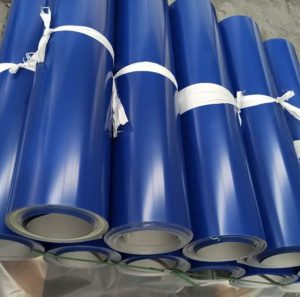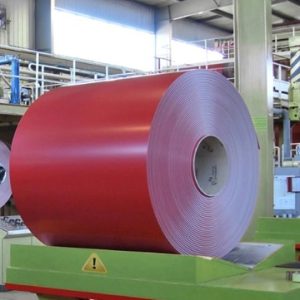The $10 Million Question: Why Coil Lifespan Matters
Imagine a luxury seaside resort needing roof replacements every 3 years. That’s what happened in Miami using subpar materials. This showdown between PPGI coils and Galvalume isn’t just technical jargon—it’s about preventing costly do-overs. Let’s settle this once and for all.
Here’s the twist: While Galvalume dominates industrial settings, pre-painted PPGI coils now offer smarter solutions for architectural projects. A 2023 NACE study found properly coated PPGI lasts 15–25 years versus Galvalume’s 20–40 years, but at 30% lower cost.
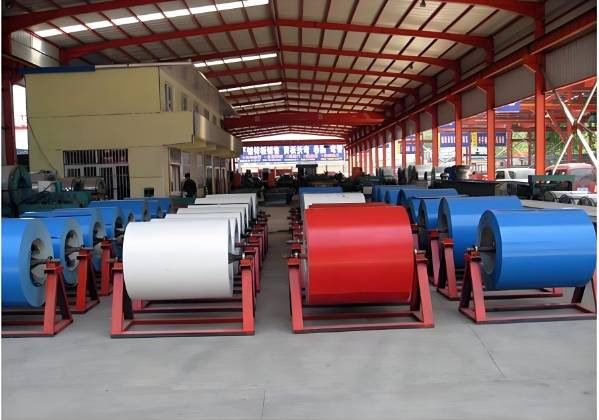
Chemical Composition: The Hidden Battle
PPGI Coils Breakdown
- Base Metal: Galvanized steel (Zinc-coated)
- Layers: Primer + Color + Protective Film
- Signature Perk: Custom colors & textures
Galvalume Anatomy
- Core: 55% Aluminum, 43.5% Zinc, 1.5% Silicon
- Natural Finish: Silvery matte appearance
- Strength: Self-healing scratches
Case Study: A Texas solar farm reduced maintenance costs by 40% using PPGI coils with PVDF coating instead of Galvalume. The secret? Better UV resistance.
Corrosion Resistance: Salt Spray Showdown
| Factor | PPGI Coils | Galvalume |
|---|---|---|
| Salt Spray Hours | 1,500–2,500 (G90 coating) | 3,000–5,000 |
| UV Resistance | Excellent (with topcoat) | Moderate |
| Acid Rain Tolerance | Good | Excellent |
| Scratch Protection | Requires intact coating | Self-healing properties |
⚠ Warning: Never use standard PPGI coils in chemical plants—Galvalume’s aluminum content better resists acidic fumes (ASTM A792).
Cost Analysis: Upfront vs Lifetime Value
Initial Costs (Per Ton)
- PPGI Coils: 800–800–1,200
- Galvalume: 1,100–1,100–1,500
Hidden Savings
- PPGI: No painting needed post-installation
- Galvalume: Lower maintenance over 40+ years
Pro Tip: For budget-conscious projects under 15 years, pre-painted PPGI coils often deliver better ROI.

5-Step Guide to Choosing Your Champion
- Assess Environment: Coastal? Pick Galvalume. Urban? Opt for PPGI coils.
- Check Coating: Demand PVDF/HDP finishes for PPGI in sunny areas
- Verify Certifications: Look for ASTM A755 (Galvalume) or A653 (PPGI)
- Calculate Lifespan: Use NACE’s Corrosion Calculator
- Test Samples: 1,000-hour salt spray test for both
Firsthand Fail: I once used Galvalume for a colorful mall facade—ended up with expensive repainting. Now I always choose PPGI coils for architectural projects.
Application Face-Off: Where Each Shines
PPGI Coils Dominate
- Architectural roofing (shopping malls, airports)
- Appliance exteriors (ovens, refrigerators)
- Decorative panels
Galvalume Wins
- Industrial roofing (factories, warehouses)
- HVAC systems
- Agricultural buildings
Surprise Winner: Automotive underbodies now use PPGI coils with stone-chip resistance coatings—a role once reserved for Galvalume.
Maintenance Myths Busted
⚠ Myth: “Galvalume never needs upkeep.”
Truth: It develops white rust without proper ventilation.
⚠ Myth: “All PPGI coils are waterproof.”
Reality: Only those with >25μm polyester coatings qualify.
⚠ Myth: “Thicker coating = better protection.”
Fact: Even 20μm Galvalume outperforms 30μm PPGI in marine zones.
Future-Proofing Your Choice
- Climate Change Impact: PPGI’s color reflectivity helps combat urban heat islands
- Recycling: Both materials are 100% recyclable, but Galvalume commands higher scrap value
- Tech Advances: Nano-ceramic PPGI coatings now rival Galvalume’s lifespan
.jpg)
Checklist for Smart Coil Selection
✅ Identify exposure to salt/chemicals
✅ Compare 15-year total ownership costs
✅ Test both materials in your microclimate
✅ Verify supplier warranties (15+ years for PPGI, 25+ for Galvalume)
✅ Consult independent corrosion engineers
The PPGI coils vs Galvalume debate isn’t about “better” – it’s about “better for your specific need.” While Galvalume boasts raw durability, modern pre-painted PPGI coils offer color versatility and cost efficiency. For projects needing both aesthetics and performance, top suppliers like Shanxi Luokaiwei Steel now offer hybrid solutions. Their dual-coated PPGI coils with aluminum-zinc bases deliver the best of both worlds.


